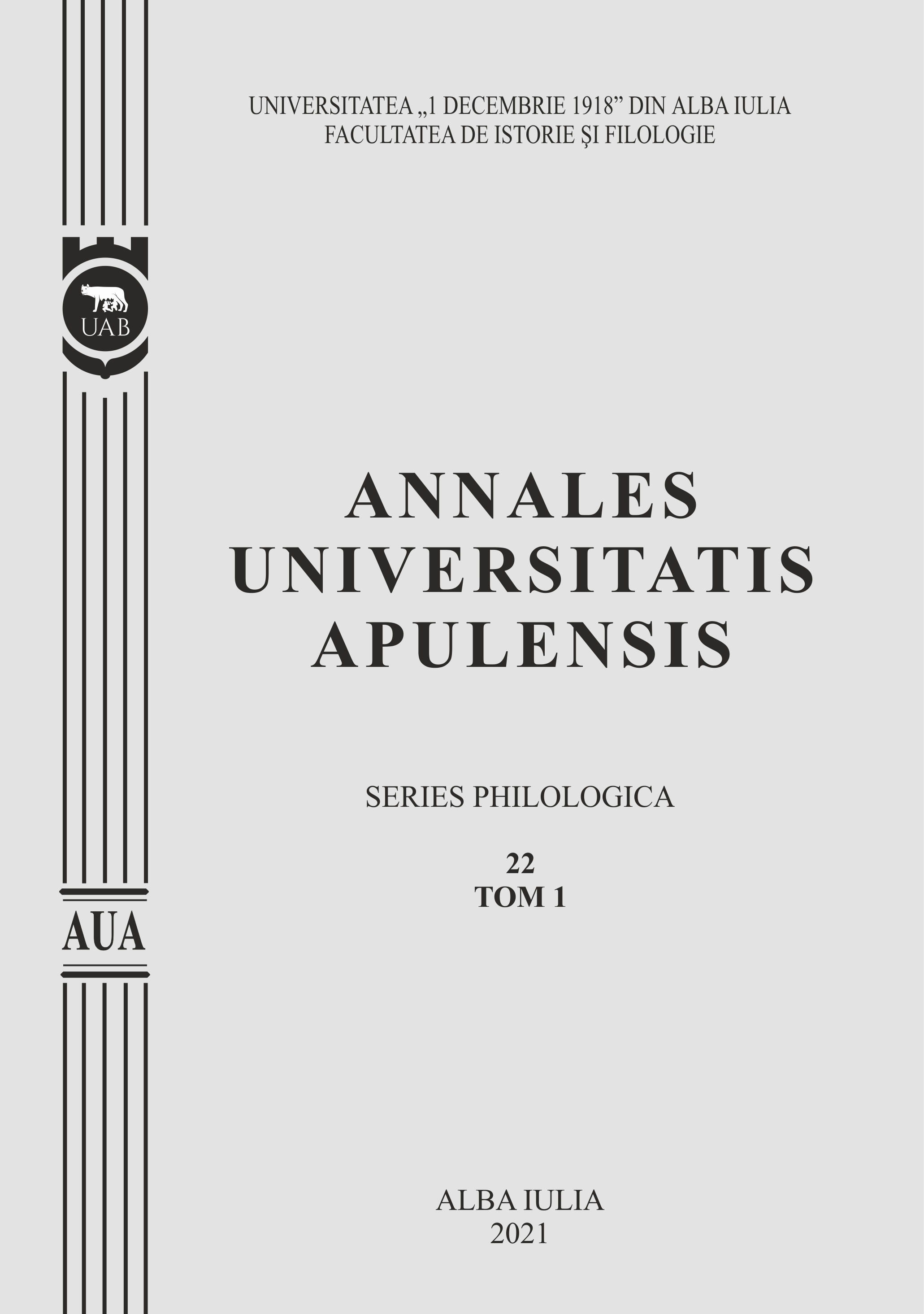EL CONJUNTO DE LOS SUFIJOS CON SENTIDO COLECTIVO EN CASTELLANO Y RUMANO
The groupe of suffixes with collective meaning in Castilian and Romanian
Author(s): Ionica-Andreea Micu (Rad)Subject(s): Language and Literature Studies, Foreign languages learning, Philology, Translation Studies
Published by: Universitatea »1 Decembrie 1918« Alba Iulia
Keywords: Castilian; Romanian; Latin; suffix; collective; derivation;
Summary/Abstract: This work seeks to find and describe the suffixes that create collective names in the Castilian and Romanian languages from 16th and 17th centuries, aiming to mark the Latin inheritance and to justify the analogy between both Romance languages. In Latin there are numerous and specific feminine lexical groups, like plants, objects, abstract nouns, ‘pluralia tantum’, fruits that, in the late and medieval periods of Latin, suffered a transformational process from neutral plural in -a to feminine singular, naturally preserving the collective meaning. Subsequently, the collective derivatives are classified in two main categories: firstly from adjective themes and secondly from nouns. The relevant suffixes from both sections could be distinguished as: -etum/ -eta, -aria, -alia with their variants -ilia, -ulia and -mentum/ -menta, -amen, -imen, -umen, -atura. Furthermore, in Castilian, on one side we found ourselves before the Latin inheritance and we pursued the modality in which the following collective suffixes have been transferred and persevered in the spoken and written language: -men, -menta,-amen/ -ambre, -imen/ -imbre, -umen/ -umbre, -edo/ -eda, -dura/ -adura, -ero/ -era, -ería/ -ería, -al/ -alla. On the other side, the collective characteristic is adopted in the new Castilian forms, phenomenon that is driven by the Iberian Peninsula speakers who tend to perceive the derivate methods inthe process of words’ formation and to experiment the versatility of the language. Therefore, this fact exposes us the path of collective meaning of the subsequent suffixes received from Latin or other languages: -ar, -ario/ -aria, -ajo/ -aja, -ía/ -ío, -aje, -ado/ -ada, -zón, -eno.In Romanian, the series of Latin suffixes (-ame/ -amă/ -ami,-ărime, -ime/ -âme/ -imi, -ét/ -ăt, -ură/ -tură, -ătate, -mânt/ -minte, -ar, -ăreț, -eață, -it, -ărit, -ină, -ie, -ărie) exceedthe suffixes from different origins (-enie, -iș, -iște), while the collective derivatives are more locally created rather than inherited from Latin. Afterwards, the description of the suffix types becomes more explicit during the study of the corpus,which is a representation of the religious and literary characters of the 16th and 17th centuries.
Journal: Annales Universitatis Apulensis. Series Philologica
- Issue Year: 22/2021
- Issue No: 1
- Page Range: 375-398
- Page Count: 24
- Language: Spanish

